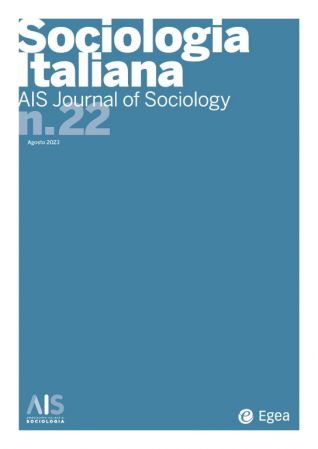AIS
2023/22
Signs stand for ideas: Walter Lippmann from stereotypes to symbols
This essay focuses on Walter Lippmann’s theory of stereotypes interpreted as communicative devices, iconic meanings and informative facilitators, in line with the creation and diffusion of news that is closely related to the way journalism creates a manufactured representation of everyday life. To the fore are not only the narrative strategies that newspapers were able to exploit one century ago, but also the fundamental role played by images and words in the construction of public opinion long before the rise of the hyperconnected society of our time. In his most acclaimed work, Public Opinion , Lippmann argues that stereotypes enable social actors to reduce complexity and gain an «approximated knowledge» of the world, insofar as symbols and signs must always be understood and interpreted also through visual acknowledgment. Accordingly, the analysis of Bernard Berenson’s essay, The Italian Painters of the Renaissance , sheds light on the aesthetic and semiotic process ruling the construction of «stereotyped images», thus emphasizing the role played by Renaissance artists in the construction of our visual modernity. «Signs stand for ideas» and stereotypes mean simplification, especially when communication copes with the «numberless shapes assumed by an object» in the presence of mass audiences stunned by the effects of the technical reproducibility of contents.
Keywords: DOI: 10.1485/2281-2652-202322-6
DOI: 10.1485/2281-2652-202322-6
Pagine 79-92
L'ACCESSO A QUESTO CONTENUTO E' RISERVATO AGLI UTENTI ABBONATI
Sei abbonato? Esegui l'accesso oppure abbonati.
